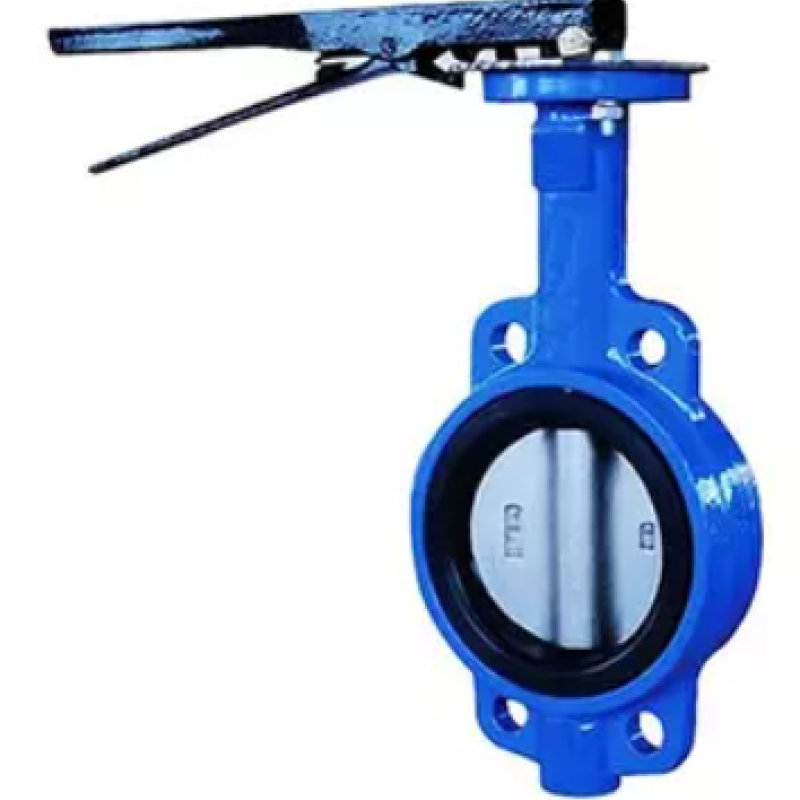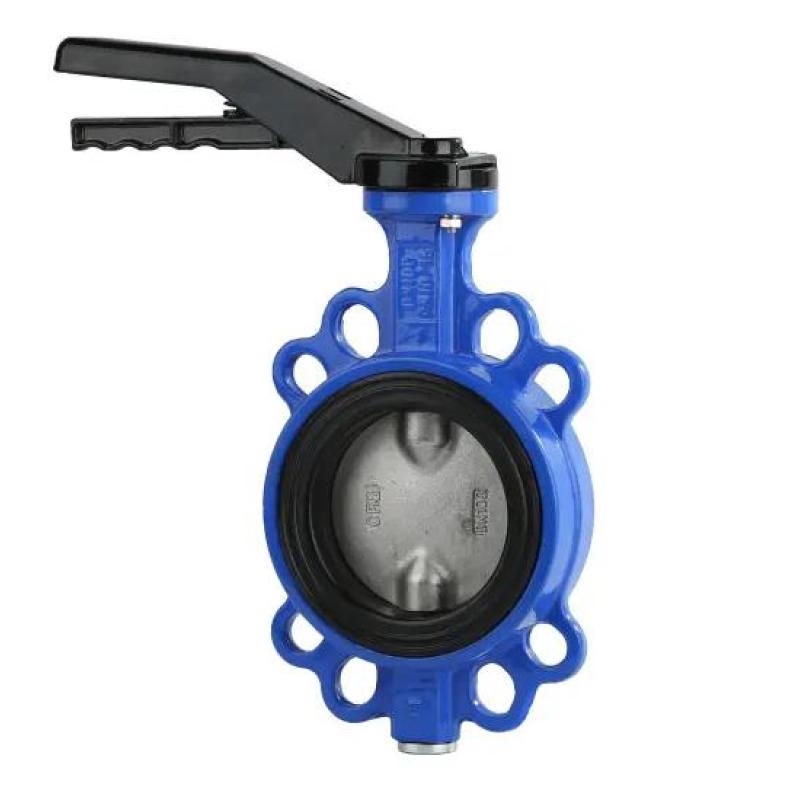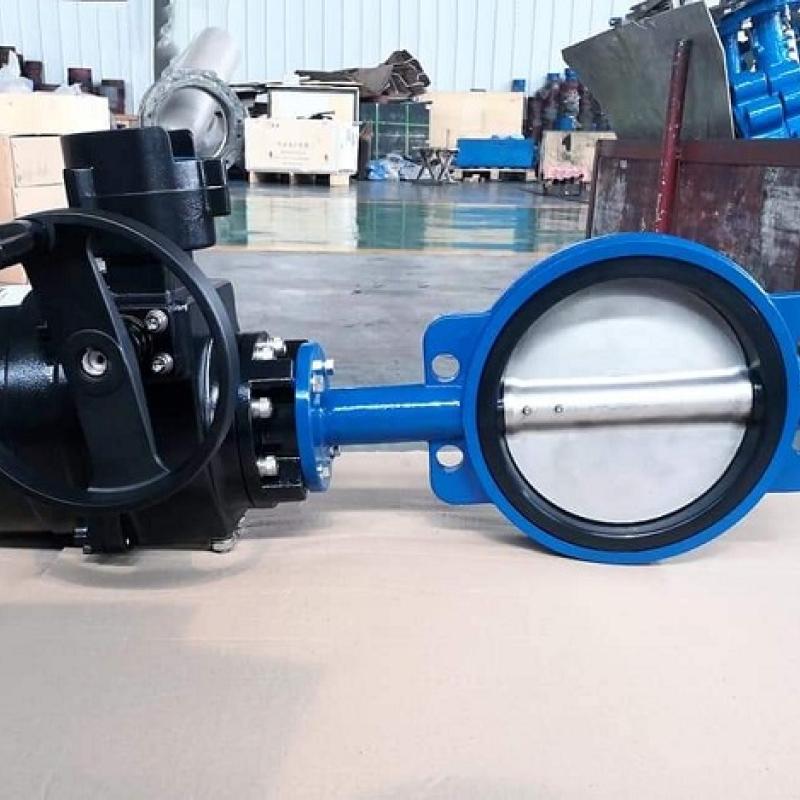Gate valves are characterised as having either a rising or a nonrising stem. Rising stems provide a visual indication of valve position because the stem is attached to the gate such that the gate and stem rise and lower together as the valve is operated. Nonrising stem valves may have a pointer threaded onto the upper end of the stem to indicate valve position, since the gate travels up or down the stem on the threads without raising or lowering the stem.
Contacter maintenant
Gate valves are characterised as having either a rising or a nonrising stem. rising stems offer a visual indication of valve function due to the fact the stem is connected to the gate such that the gate and stem upward push and lower together because the valve is operated. nonrising stem valves may additionally have a pointer threaded onto the upper end of the stem to suggest valve role, since the gate travels up or down the stem on the threads with out elevating or reducing the stem.
Contacter maintenant
Design CodeAPI 609Inspection &TestAPI 598End StandardDIN PN10,DIN PN16, ANSI B16.1, JIS 10KFace to FaceAPI 609MaterialBodyCast Iron/Ductile Iron/Cast SteelDiscDI+Ni/SS304/SS316/AL-BZStemSS416/SS304/SS316/17-PHSeatEPDM/NBR/VITON/PTFE/CROperationHandlever GearboxSizeDN25-DN1200
Contacter maintenant
Gate valves normally have flanged ends which are drilled according to pipeline compatible flange dimensional standards.
Contacter maintenant
Gate valves normally have flanged ends which are drilled according to pipeline compatible flange dimensional standards. Gate valves are typically constructed from cast iron, ductile iron, cast carbon steel, gun metal, stainless steel, alloy steels, and forged steels.Gate valves are characterised as having either a rising or a nonrising stem. Rising stems provide a visual indication of valve position because the stem is attached to the gate such that the gate and stem rise and lower together as the valve is operated.
Contacter maintenant
Design CodeAPI 609Inspection &TestAPI 598End StandardDIN PN10,DIN PN16, ANSI B16.1, JIS 10KFace to FaceAPI 609MaterialBodyCast Iron/Ductile Iron/Cast SteelDiscDI+Ni/SS304/SS316/AL-BZStemSS416/SS304/SS316/17-PHSeatEPDM/NBR/VITON/PTFE/CROperationHandlever GearboxSizeDN25-DN1200
Contacter maintenant
Cast Iron / Ductile Iron metal sealed flanged gate valveDesign and manufacture according DIN3352Flanged PN16 according to EN1092-2/DIN 2501 PN10 &PN16Face to face according to EN558-1 series 14Test and inspection according EN12266Size DN50-DN600Working Pressure:PN10/PN16Working conditionsSuitbale for :Water,-10℃ to + 110℃ below 0℃ only for water with added antifreeze fluids
Contacter maintenant
Gate valves normally have flanged ends which are drilled according to pipeline compatible flange dimensional standards.
Contacter maintenant
100% bi-directional tight shut-off. Installation without restrction in direction of flow.Reduced weight and overall dimensions.Low pressure loss and reduced energy costs.
Contacter maintenant
Gate valves commonly have flanged ends which are drilled in step with pipeline compatible flange dimensional standards. gate valves are commonly made out of cast iron, ductile iron, cast carbon metallic, gun metallic, stainless-steel, alloy steels, and forged steels.Gate valves are characterised as having both a growing or a nonrising stem. growing stems provide a visual indication of valve role because the stem is connected to the gate such that the gate and stem upward thrust and decrease collectively as the valve is operated.
Contacter maintenant




















